Address
4050 Mission Avenue
San Luis Rey, CA 92068
United States
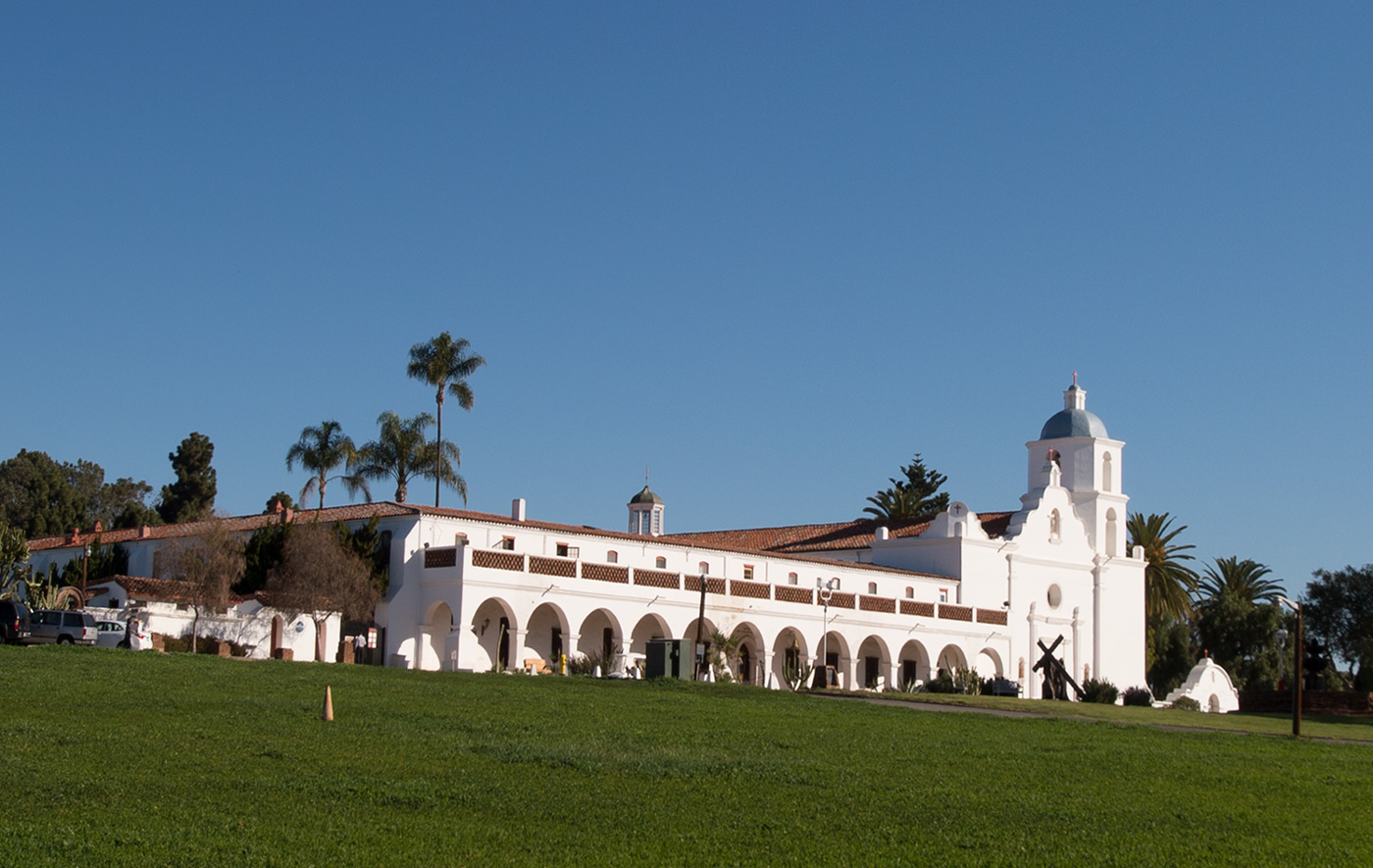
Founded:
June 13, 1798 - The 18th California Mission
Also Called:
Mission San Luis Rey
Current Status:
A consecrated Roman Catholic Church attached to the Franciscan community of San Luis Rey de Francia.
Summary:
San Luis Rey de Francia was founded on June 13, 1798. This eighteenth mission quickly became the most prosperous of the California missions. San Luis Rey’s stately church and long corridor with 32 Roman arches spanning the front of the convento has been carefully restored. The mission has a modern museum and many unique attractions.
4050 Mission Avenue
San Luis Rey, CA 92068
United States
Take Interstate 5 to Exit 54, CA 76 East. Take CA 76 East for 4.4 miles, turn left on Rancho Del Oro Drive for .2 miles. Turn right on Mission Drive.
760-757-3651 - Mission
760-757-3250 - Parish
Please contact the mission directly by telephone or by visiting the mission website for the most current information. There is a short video on the museum home page which provides a great overview of what you will find by visiting the mission and the museum. It also links you to the mission event calendar.
Due to Covid-19 restrictions, it is best to check for current information.
San Luis Rey has a comprehensive section on the website for Wedding Information, Policy and Fees. Please note it is recommended you begin planning your wedding one year in advance.
The parish also provides other Special Services.
The mission celebrates the Day of the Dead each year. Día de los Muertos has been celebrated for thousands of years by Mexicans and Indigenous people to honor and remember relatives and loved ones who have passed away.
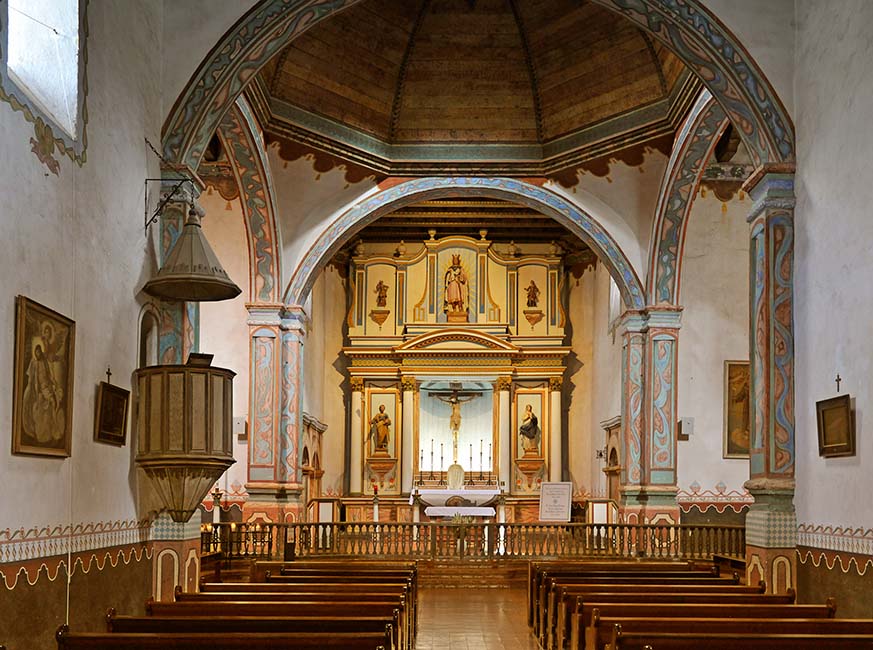
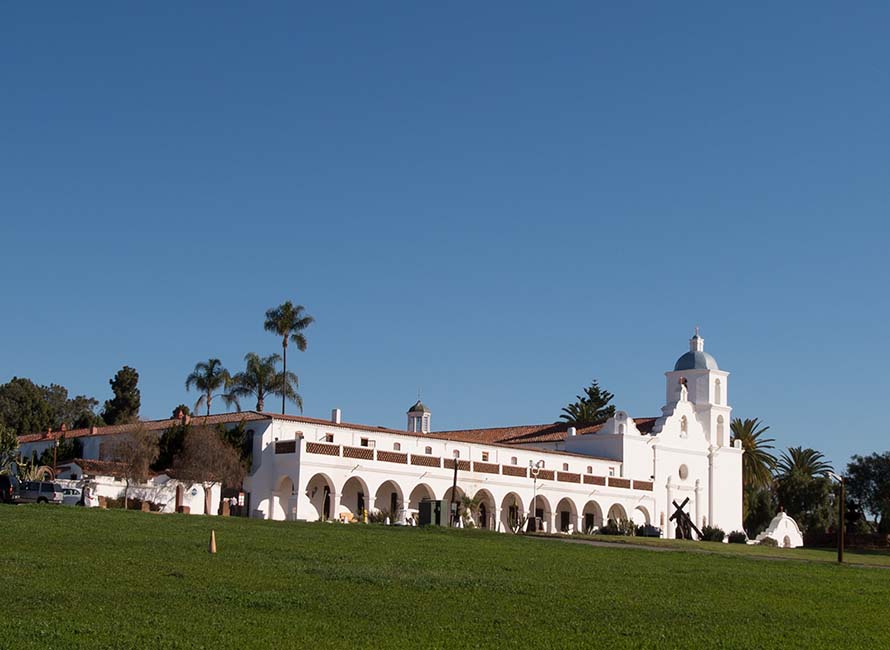
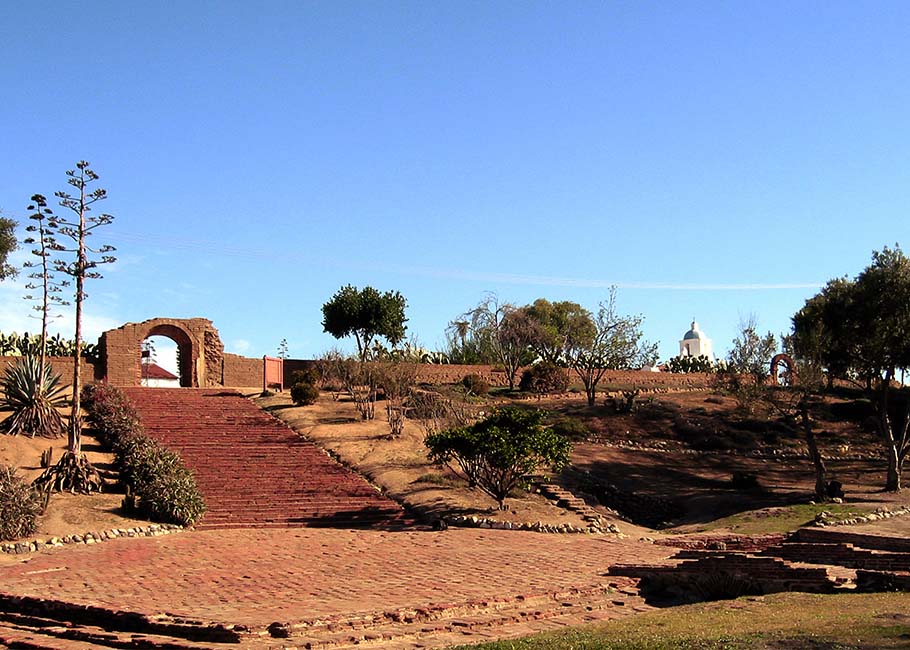
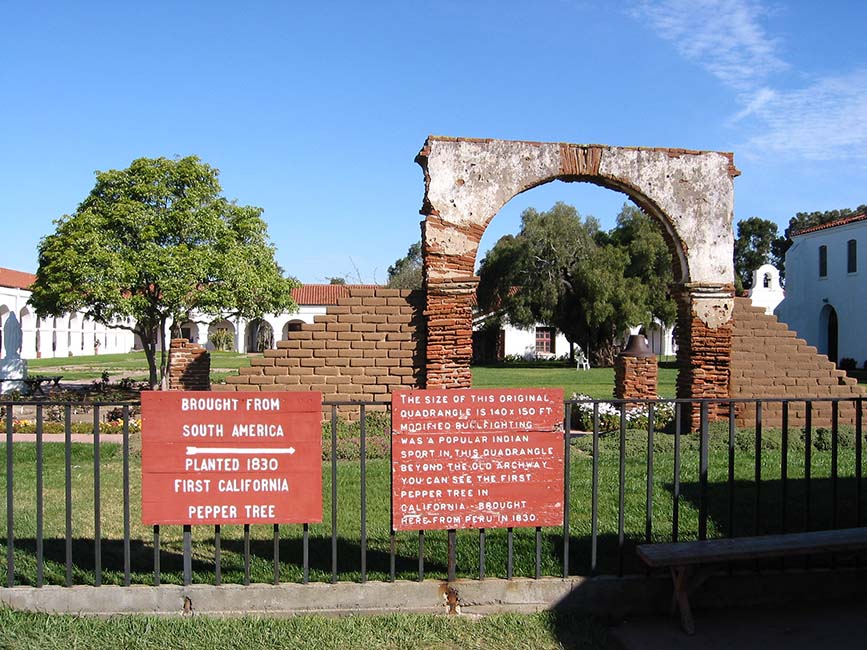
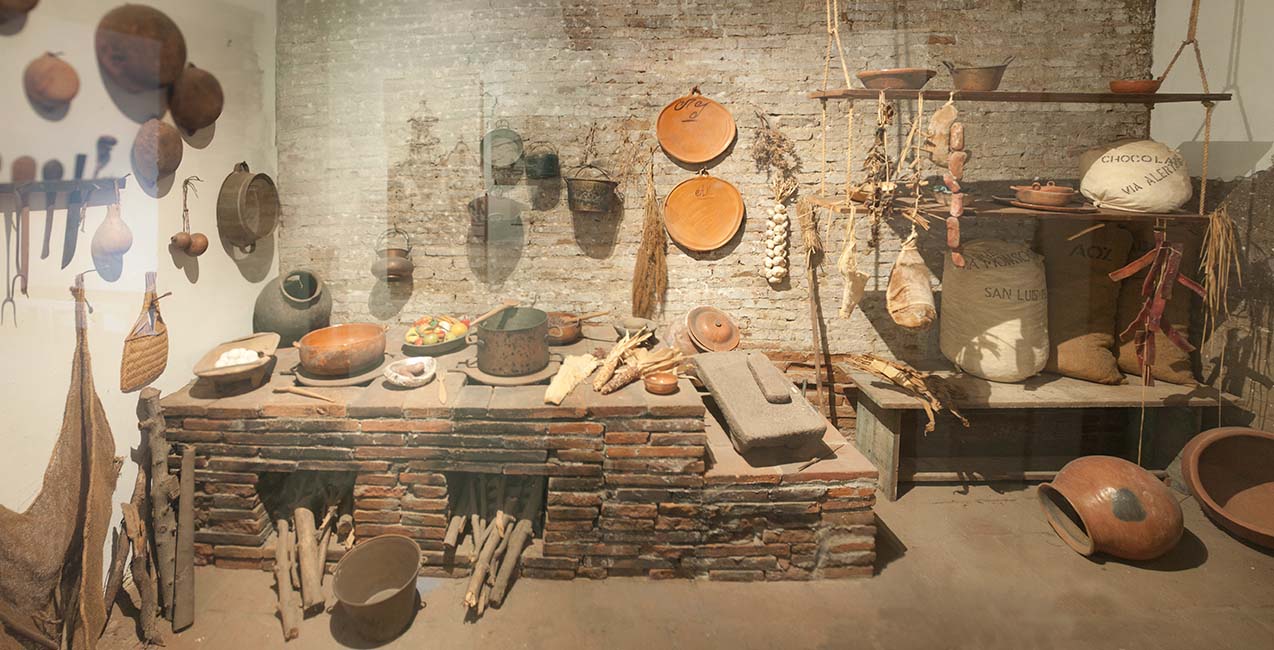
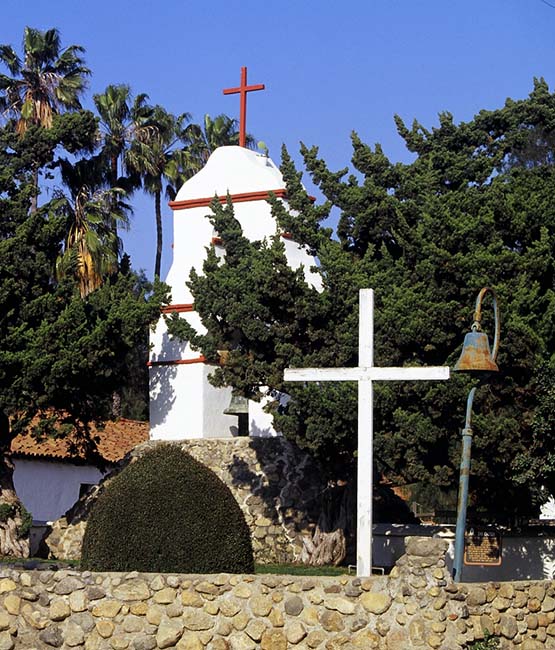
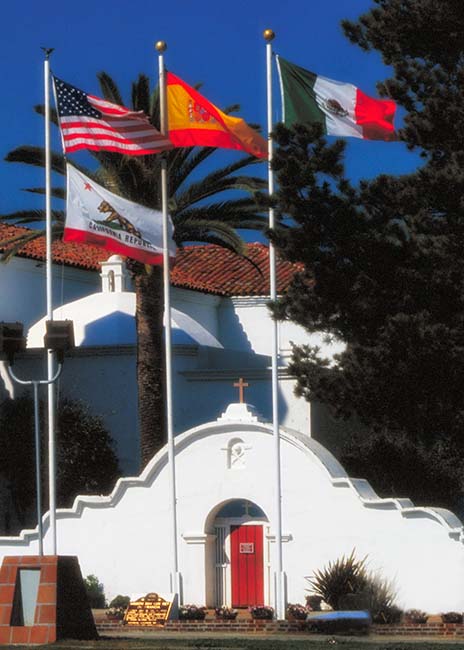
1834
1865
King Luis IX of France who led crusades to the Holy Land in the 13th century.
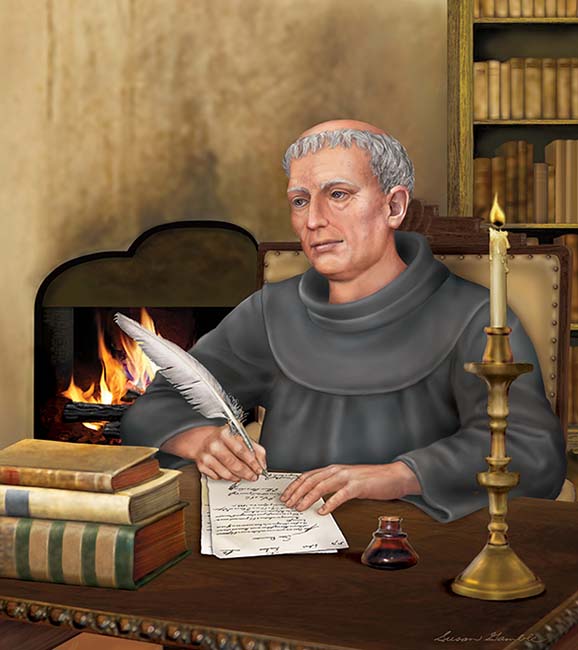
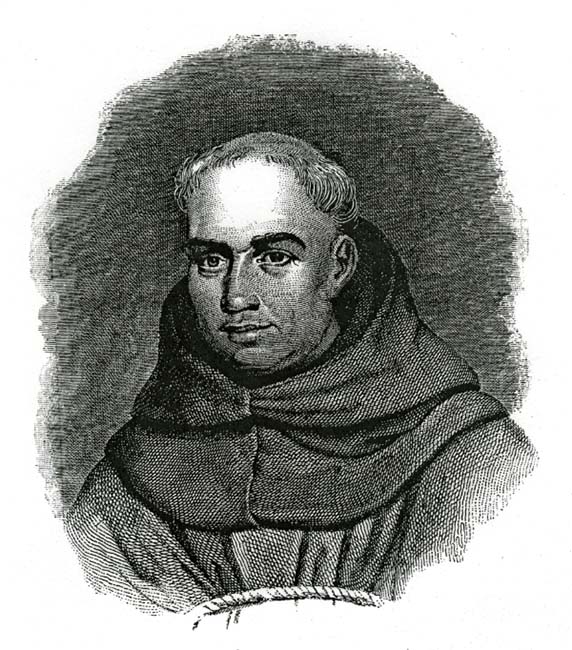
The Takic speaking people associated with Mission San Luis Rey have been called Luiseños since the Spanish occupation. The native term for these people is the Payomkowishum.
The descendants of the neophytes at the mission's Asistencia, San Antonio de Pala, now call themselves the Pala Band of Mission Indians.
Located on a hill overlooking a peaceful valley at the native village of Tacayme in the region known as Quechia, about five (5) miles each of present day Oceanside.
San Luis Rey extended over six (6) acres. By 1826 the quadrangle measured 500 feet on each side. There was a long corridor with thirty-two (32) Roman arches in front of the patio.
A French sea captain named Auguste Duhaut-Cilly, who visited California in 1827-1828, drew a detailed drawing of San Luis Rey.
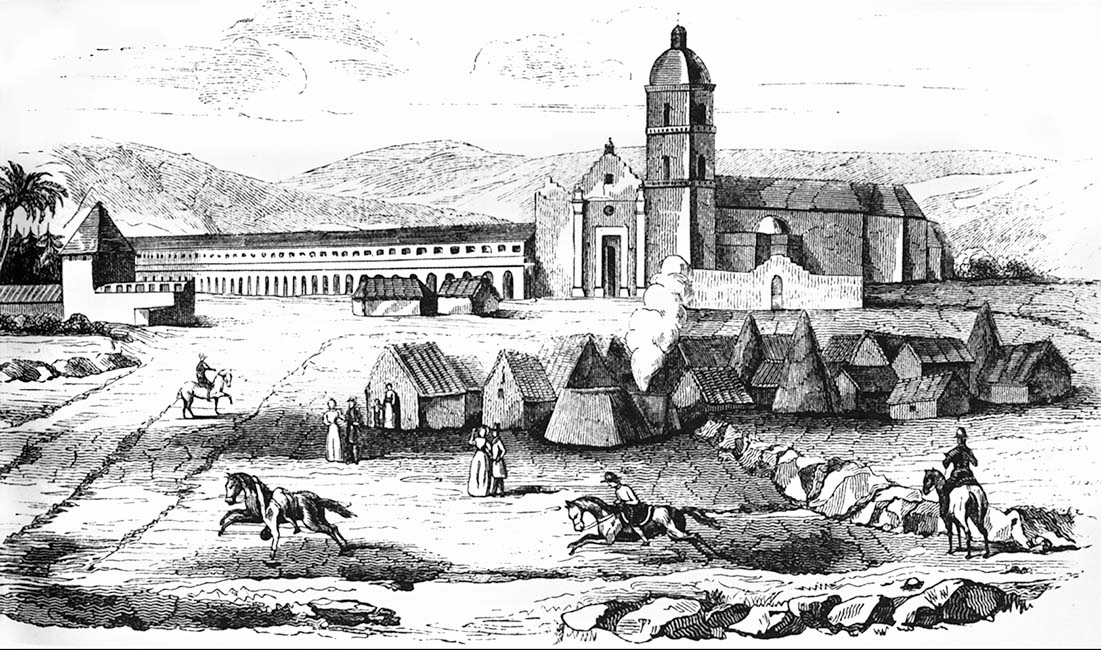
The nearby San Luis Rey River and two springs fed an aqueduct or zanja that supplied water through two fountains and a charcoal filtration system before irrigating fields.
Although San Luis Rey was one of the last missions founded, it rapidly became the most prosperous of the California missions with a population that reached 2,869 in 1825 - over three (3) times the mission average.
San Luis Rey rapidly built its livestock herd from 800 in 1798 to over 20,000 within a decade. In 1832 the total number of animals at the mission peaked at 57,380 including 27,500 cattle and 26,100 sheep dwarfing all other mission herds in size.

San Luis Rey harvested over 411,000 bushels of grain and produce during the period 1789-1832. Wheat, barley, corn, and beans were the primary early crops.
The San Luis Rey Church, which was completed in 1815, is the only surviving mission church laid out in a cruciform plan. It is 165.5 feet in length and the nave spans 27.5 feet in width by 30 feet in height.
A cupola - unique among the California missions - is an octagonal lantern formed with 144 panes of glass. It tops the wooden dome built over the sanctuary in 1829.
Four bells hand in a three-story domed bell tower. The mission was designed with only one bell tower.
There is an original hand-hammered Baptismal Font in the baptistery along with religious iconography and mission era art and artifacts exhibited in a beautiful interpretive museum.
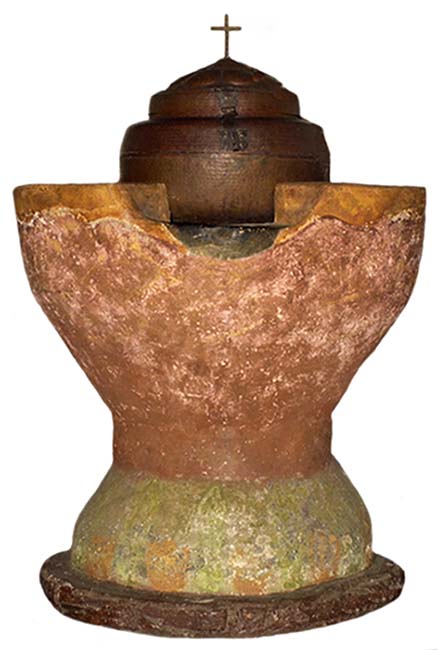
The departure of Fr. Antonio Peyrí. When the beloved Padre was forced to leave after the Mexican takeover of California, hundreds of neophytes followed him to San Diego begging him to return.
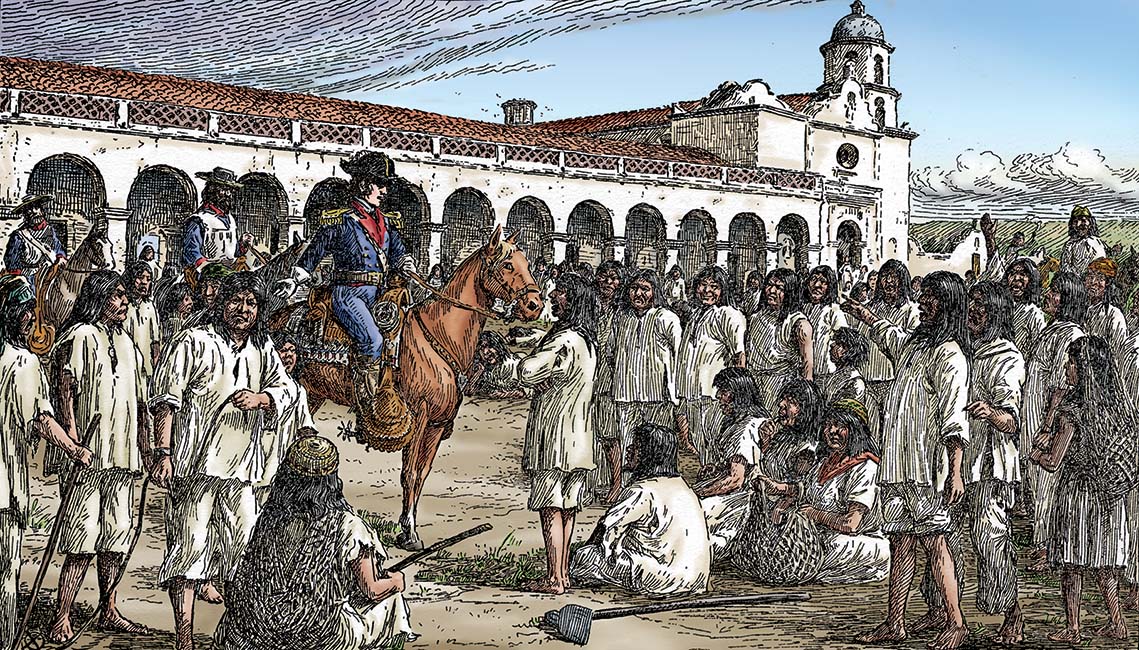
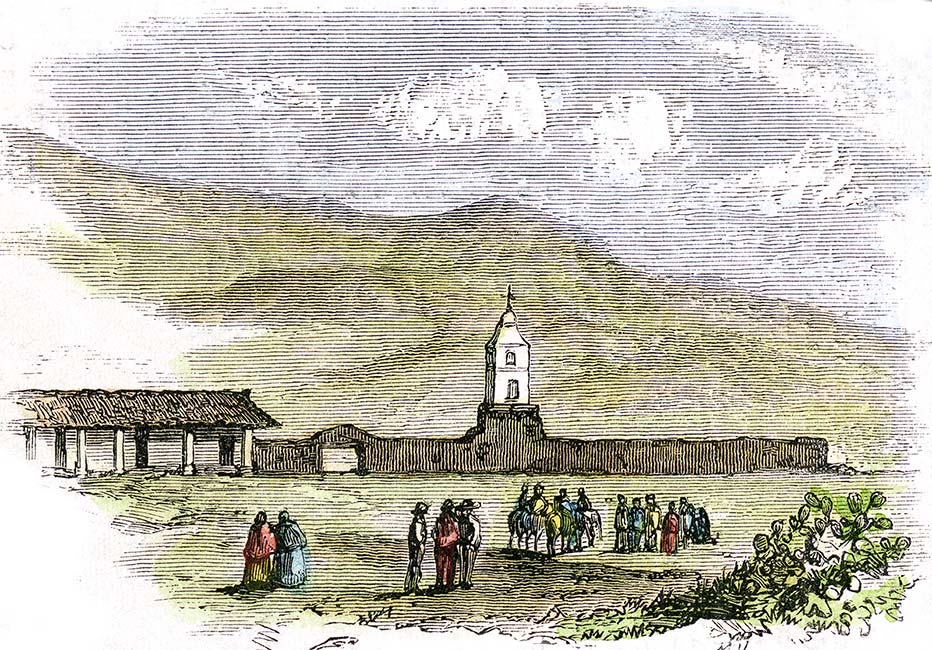
By 1815, only seventeen (17) years after it was founded, San Luis Rey had a large distinctive church. By 1826 the mission complex extended over six (6) acres, with Roman arches spanning the front of the convento. This Historic Image Gallery shows historic drawings and paintings of San Luis Rey.
The Contemporary Image Gallery contains more recent photographs of the mission's distinctive features taken by several different photographers from around the Church gardens and the Church interior.







